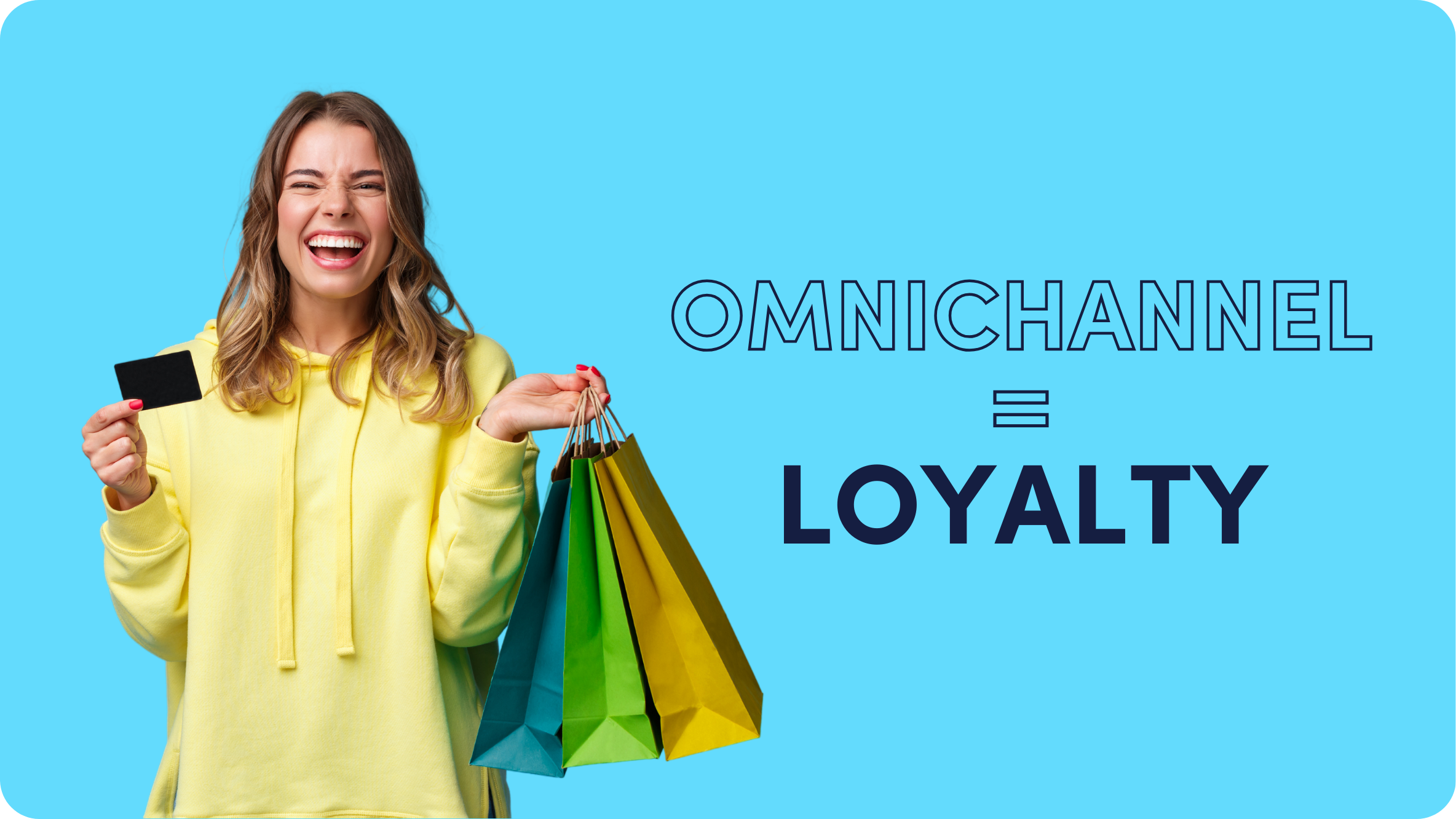5 Ways to Create Engaging (Native!) Carousel Ads

Nowadays, intrusive ad experiences are much like riding a carousel — they continue spinning around, with ups and downs, creating a dizzying effect until the ride ends.
That ride being the consumer frustratingly closing their laptop or locking their mobile device to ward off the ads for a moment’s time.
But there’s also a fascinating effect a carousel can have if you’re able to enjoy the ride. From an ads perspective, that comes in the form of creating a meaningful consumer connection — offering an interactive brand experience they’re actually interested in — a true value exchange.
As Marketers begin to diversify away from the walled gardens, they are finding the best way to meet their next customer is natively — likely why we’re seeing one-third of total display ad spend shifting to non-social native this year (thanks, eMarketer!).
So, creating the connection between the addictive feed experience of the walled gardens and the organic, personalized experience of the open web… we’ve officially launched a native Carousel Ads format, giving marketers more ad space to drive conversions.
For inspiration, here are 5 engagingly native ways to utilize Carousel Ads for your next campaign:
- Turn Branding Into Storytelling
- Immerse the Consumer, Panoramically
- Spotlight Several Products (or Articles!)
- Educate With a Highlighted How-To
- Prove It, Socially
1. Turn Branding Into Storytelling
Did you know that 95% of purchase decision making happens subconsciously?
Psychologically, actions are driven by emotion — and emotion is evoked in storytelling, connecting the consumer to the brand more deeply.
Breaking free of one ad image, marketers can now tell a fuller story across up to 10 images, progressing with each swipe, as the consumer is captivated through the interactive format.
💡Marketer Tip: Be sure to develop your story with each swipeable image to intrigue the consumer into taking action (which should be clear by the last image, and CTA button!).

2. Immerse the Consumer, Panoramically
You don’t have to show different images across every ad placement.
Get creative by using dynamic panoramic shots to either:
- Immerse the consumer into a full experience (i.e. interior of a car).
- Highlight features of a single product (i.e. key selling points of a mattress).
💡Marketer Tip: Make the full image seamless upon swipe, and be sure to draw attention with each right edge to spark consumer curiosity — cutting the images off ever so slightly to gain the swipe.
Not obvious enough? Design build-in suggestions to swipe, such as greater than signs “>” (or arrows), or forcing white borders within the images themselves given that’s how consumers experience carousels across most platforms.

3. Spotlight Several Products (or Articles!)
Why stop at one product (or article), when you can show up to 10 to further entice a conversion?
After all, consumers love options, and this can help you, the marketer, not only increase your chances of conversion, but also understand which products perform best if choice is involved. From there, you can build standalone ad campaigns to boost specific products or articles.
Make sure your conversion goal is at the forefront, from soft conversions such as add to cart to hard conversions such as purchases.
💡Marketer Tip: Garner your audience’s inner “You may also like…” mindset, offering complementary or supplementary products based on their true interests.
For example, if your audience is interested in a new pair of running sneakers, maybe they are also looking for new jogger pants or sports bras.
And remember, you don’t only have to highlight products or articles — consider testing a mix of the two in case consumers aren’t yet ready to purchase (i.e. mix in an article about the top 9 strengthening exercises for runners).

4. Educate With a Highlighted How-To
Direct conversions are great, though often, consumers need the bigger picture.
That picture can shutter from:
- Inspirational uses of your product or service (e.g. selling butter, showing how to bake a cake).
- A tutorial of how to use your product or service (e.g. selling hand mixer, showing steps for best mixing results).
Consumers love (and only have attention spans for) bitesize informational steps to bring them along your brand journey.
💡Marketer Tip: Don’t overcomplicate your story — instead, bring ease to the consumer through simple, image-driven steps that make them think, “I can do that!” And continuing the effortlessness, ensure your post-click experience follows the same path to drive action.

5. Prove It, Socially
Time for another #FunFact: two-thirds of U.S. consumers read at least one review before making a purchase decision.
Takeaway? Social proof matters. Use the added ad space to not only highlight your products or services, but real people highlighting real reviews of your brand.
💡Marketer Tip: Test different formats of social proof — from customer testimonials or quotes to statistics or review scores. And in a swipeable carousel format, always drive action in your last ad placement — hopefully, your social proof tactics gained enough interest by the last swipe to then gain the click.

Provide A Meaningful, Interactive Brand Experience
Carousel ads provide a richer experience for consumers to interact with your brand — all while giving you greater real estate (and elements, such as CTA buttons!) to spark action and gain higher ROAS.
Interested in testing out the one and only native carousel experience with Outbrain? Discover more details, or simply jump right in — it’s as easy as generating a new account (in seconds), or signing in (if you’re already amplifying), and selecting “Carousel” when creating a new, or editing, a campaign.
Cheers to the #SwipeHype (and #CarouselConversions)!








![[Infographic] Which Ad Headlines and Images Catch Your Readers’ Attention?](https://www.outbrain.com/blog/wp-content/uploads/2024/01/ad-headlines-and-images-best-practices.png)




